How do Solvent Traps Work?
Before understanding how solvent traps work, you will first have to know what it is. Solvent traps are not required to clean firearms, but are essential for ensuring the best firearm maintenance. They have tubes usually made out of either titanium, steel, or aluminum. They are attached to the end of the gun barrel to capture solvent or chemical fluids when cleaning your firearms for easy disposal and preventing any residue from dripping on your cleaning station.
In addition, Solvent traps also keep the solvent inside the tubes if you want to reuse it for the next cleaning session.
If you like to keep your firearms clean and well maintained, solvent traps will come in handy. Many people hesitate to clean the inside of their firearms using solvent because it can get messy. But with the proper solvent trap and firearm maintenance, deep cleaning just got a lot more convenient.
It is also good to know that solvent traps are gun accessories that do not require legal documentation, making them more accessible to gun owners.
Solvent Trap Parts
Gun solvent traps are kits that come with 3 major parts, each with distinct functions;
- Solvent trap cup: Solvent trap dry storage cups keep the fluid trapped inside, Note that there are different types of dry storage cups, normally variations within two categories: Standard or Traditional Cups and Modular or Adaptive Cups. Although both options are effective, most experienced gun owners prefer the threaded modular option because they have a tighter seal, making them better for preventing the fluid from dripping.
- Solvent trap tube: A solvent trap tube, like many other muzzle devices, may look like a gun silencer, but it is not. The solvent trap tube, which houses the dry storage cups, connects to the firearm barrel via a thread mount that matches the thread of the respective barrel it is being attached too. Connected to the end of the solvent trap tube opposite the barrel is a sealed end cap, which serves to “seal” the device so solvent does not leak during the cleaning process.
- Thread Mounts: As mentioned above, solvent traps come with thread mount(s) that allow the solvent trap unit to connect to the firearm barrel. Thread mounts are double-threaded: They have an outer thread for connecting the thread mount to the solvent trap tube and they have an inner thread for connecting the entire solvent trap device to the firearm for cleaning. The inner thread needs to match the firearm’s barrel thread, the most common thread pitches are: ½x28″, 5/8×24″, .578×28″, 9/16×24″, 13.5×1 LH Metric, and 16×1 LH Metric, but there are many others too.
- Sealed End Caps: Sealed end caps serve to “seal” or “hold” solvent from escaping the solvent trap during firearm cleaning sessions or if transporting solvent that was collected for filtering and reuse, or transporting solvent to be deployed during a cleaning session. The sealed end cap is the capstone that you need for an effective mess-free cleaning session. Some people purchase an additional sealed end cap and after or before a cleaning session they will swap the thread mount with the sealed end cap so both ends of the solvent trap are sealed.
Every gun owner should make it a habit to clean their firearms to avoid malfunctioning and hazards—This is why owning a solvent trap kit can be essential.
Traditional vs. Modern Solvent Traps
Solvent traps have come a long way from their functions to their design. Traditional options are basically oil filters with modified nuts that served as thread mounts with pitches allowing the device to attach to the firearm’s barrel, serving the same purpose of catching or trapping residual solvent. Other savvy firearm owners realized that Maglites worked great as well. Do you see a pattern here? Ethusiests in need of a solvent trapping mechanism were literally using automotive and household items, so there was definitely a demand for something more standardized and streamlined.
Being in America, the entrepreneurial capital of the world, businesses popped up offering exactly the supply needed to fulfill the solvent trap demand. Even though the ingenuity of early adopters or creators of solvent traps was commendable, modern solvent traps are night and day when compared to the household versions of the past.
Modern solvent trap are evidence of a paradigm shift, a huge leap forward for firearms cleaning. Modern solvent trap choices are definitely not limited, with traditional versions, modular versions offering single or hybrid-materials: some are made with aluminum and titanium, others are made with all-titanium, aluminum or steel. Material variations are chosen by customers for many reasons, some like the anti-corrosion properties of 304 stainless steel and grade 5 titanium, others like the light weight and strength of 7075 aircraft grade aluminum. Though the function of solvent traps is only temporary during a cleaning session, modern solvent traps are very stylish too! Americans love quality products that are stylish, even if they are only on the firearm during a cleaning session.
Don’t be confused, solvent traps and Form 1 kits are not the same thing!
In addition, modern gun solvent traps closely resemble gun silencers, allowing you to quickly convert them into a suppressor. There’s a legal channel for this that the ATF/NFA created called the Form 1 process, which can be filed through their E-file system or via a paper Form 1 application. This application is sent in with a chosen serial number and $200 NFA Tax Stamp and once approved, the applicant is sent a Tax Stamp with their information and serial number they originally chose, which will be the serial number that is engraved on their completed item.
This process has created problems for companies that are selling solvent traps for cleaning only, which is the original and name-implied use of solvent traps. The problem is that the ATF is targeting companies selling solvent traps and Form 1 kits, which are two different things. A Form 1 Kit is technically not a solvent trap because the intent of that kit is to be converted and stamped with the abovementioned NFA Tax Stamp serial number once approved, modified and drilled and used as a gun silencer…legally. Solvent trap companies that sell solvent traps for cleaning, such as Solvent Trap Co. and Solvent Trap Direct and many others, are looked at by the regulators even though their intent in selling solvent traps for cleaning is explicit and clear.
Ironically, the ATF created the Form 1 Process for building your own silencer or firearm (silencers can be made from hundreds of items, not just solvent traps, and legally too if the process mentioned above is used), improved the speed and efficiency of applying and being approved through their E-file process, proceeded to publicly reference the Gun Control Act of 1968 and the NFA handbook stating that as long as a solvent trap doesn’t alter the sound of a firearm, the rapport of a firearm, nor allow a projectile to travel through the unit, then it’s nothing more than a firearm accessory; but then the ATF proceeds to target companies selling Form 1 kits and solvent traps, it truly makes no sense.
Finding the Right Gun Solvent Trap for You
Before considering the style—you should always consider the function first. The primary use of gun solvent traps is to maintain your firearms and prevent damage and malfunction. So when choosing the right gun solvent traps, you should put function as the top factor to consider.
Durability is also something you should consider, especially if you own more than one firearm. You definitely want something you can use for all your guns and something that will last for a long time.
Gun Negligence Can Make Your Firearms Malfunction
A malfunctioning gun can pose a threat to you and others. Plus, guns are not that cheap. If you see your guns as investments and protection, here are common gun malfunctions that can be prevented by regular cleaning:
- Delayed Discharge
- Feed and Eject Failure
- Slamfire
- Fouling
- Squib Load
Regular Gun Maintenance
Regular gun maintenance is your best bet to avoid gun malfunctioning and other damages. Here are some extra tips for keeping your gun functioning the way it is supposed to:
- Choose your cleaning location: Make sure you choose a clean space to clean your gun. Remember that it has many components, so you need a clear area free from clutter, like a work table in your garage.
- Empty your magazines and secure ammunition: Make sure you remove the magazine and place your ammo in a different location to prevent misfire and mishandling.
- See your gun owner’s manual: Like any other gadget, you should always consult your manual to make sure you are cleaning it right. If you have free time, you can learn a thing or two by going through the entire manual, and it will provide you with a safer and more complete experience.
- Finish what you started: When cleaning your gun, you need to make sure you put everything into place and store your gun in a safe location, especially if you have kids in your home.
We Got What You Need
Here at solventtrap.co, we carry all the cleaning supplies you need to ensure that your firearms are in top shape. So make sure you check out our vast list of solvent trap products!

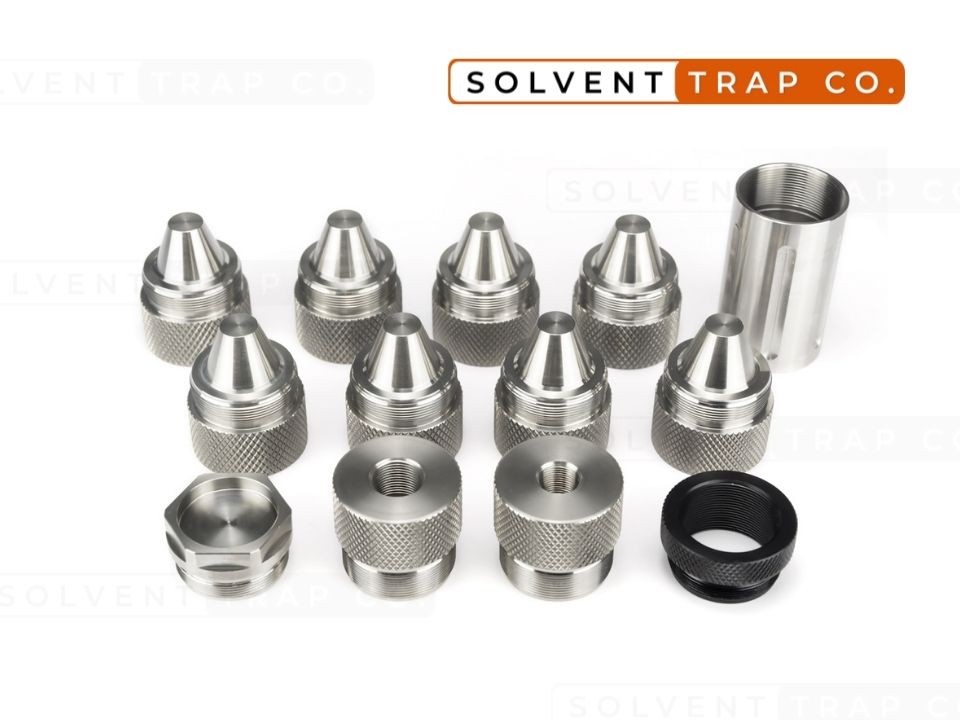
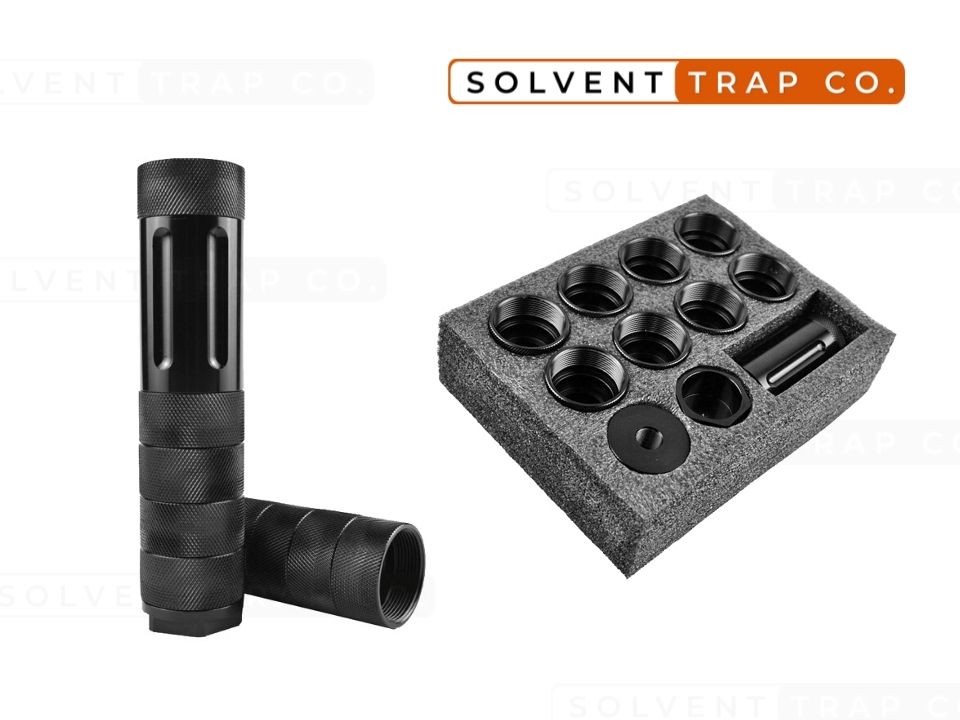
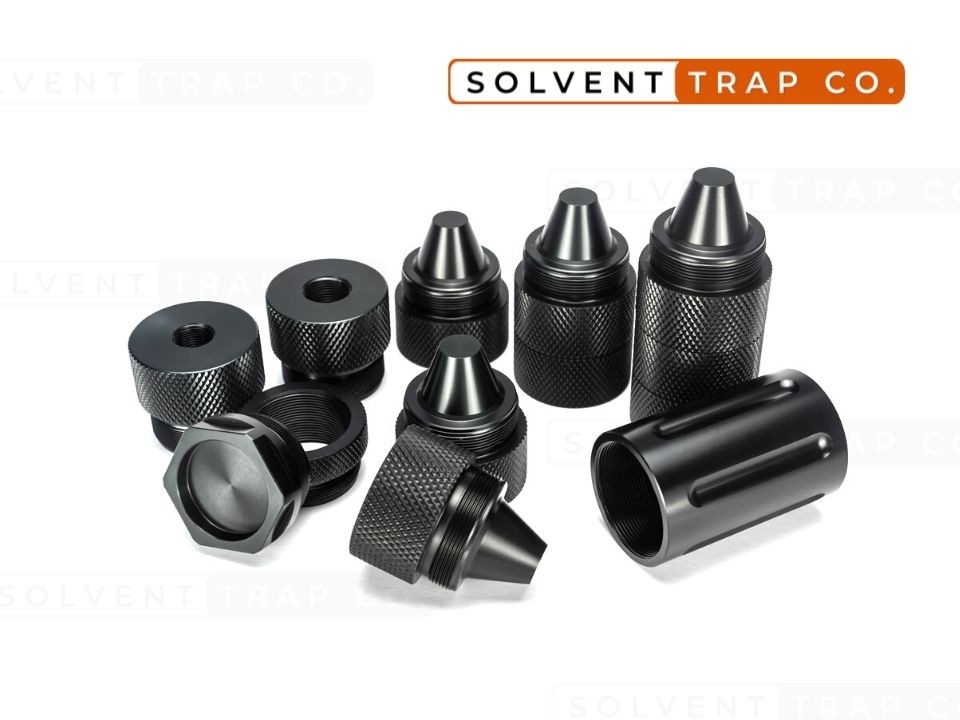


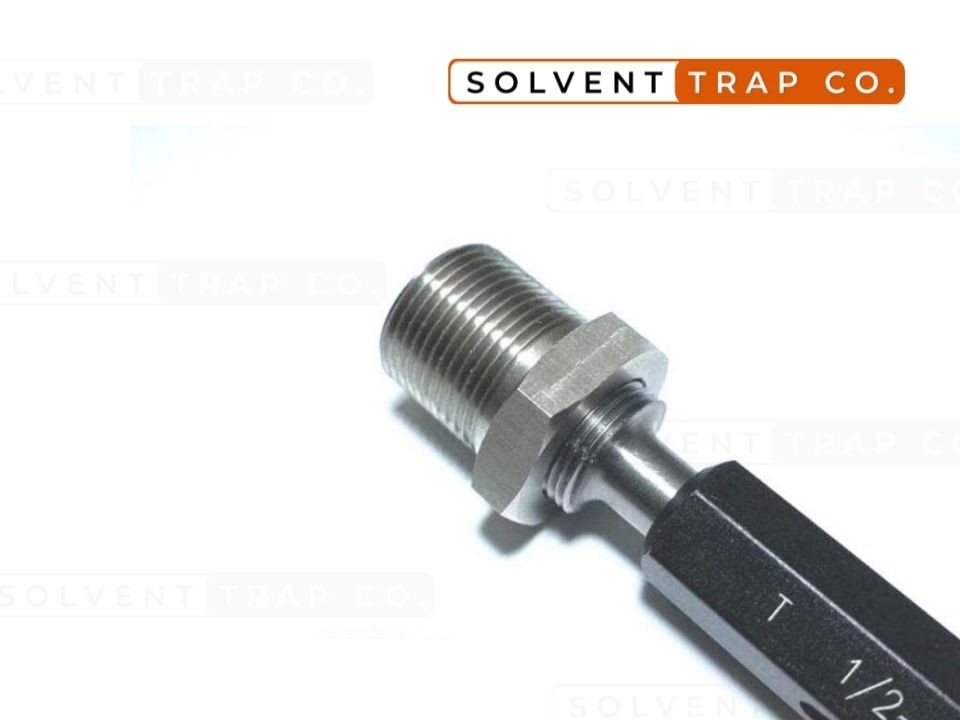

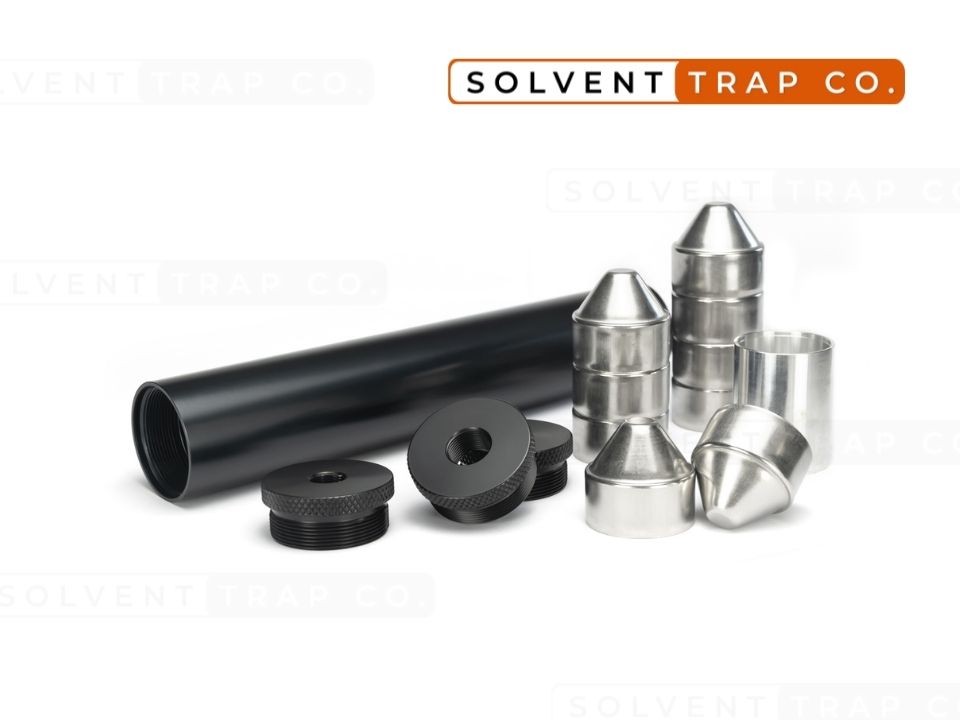
Leave a Reply